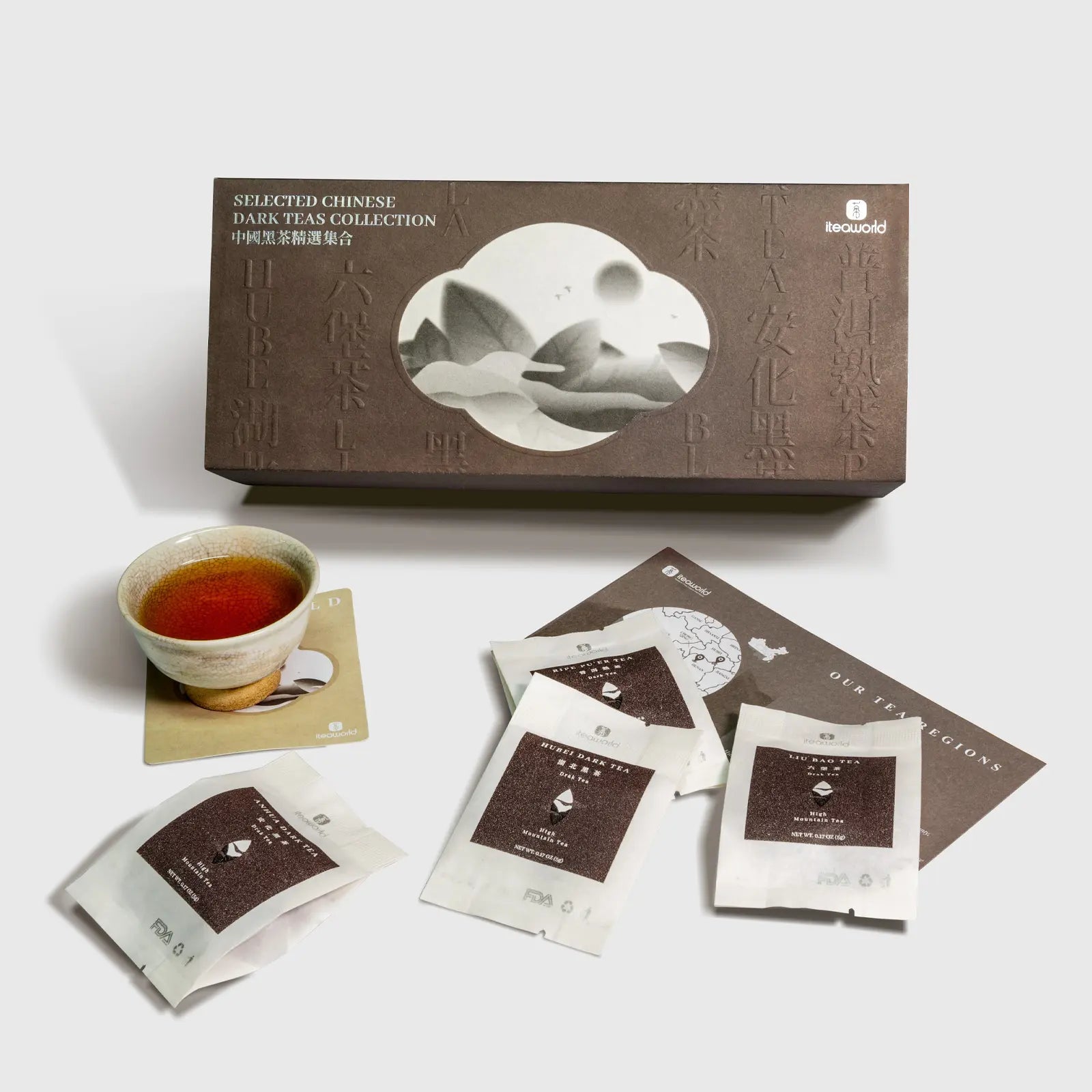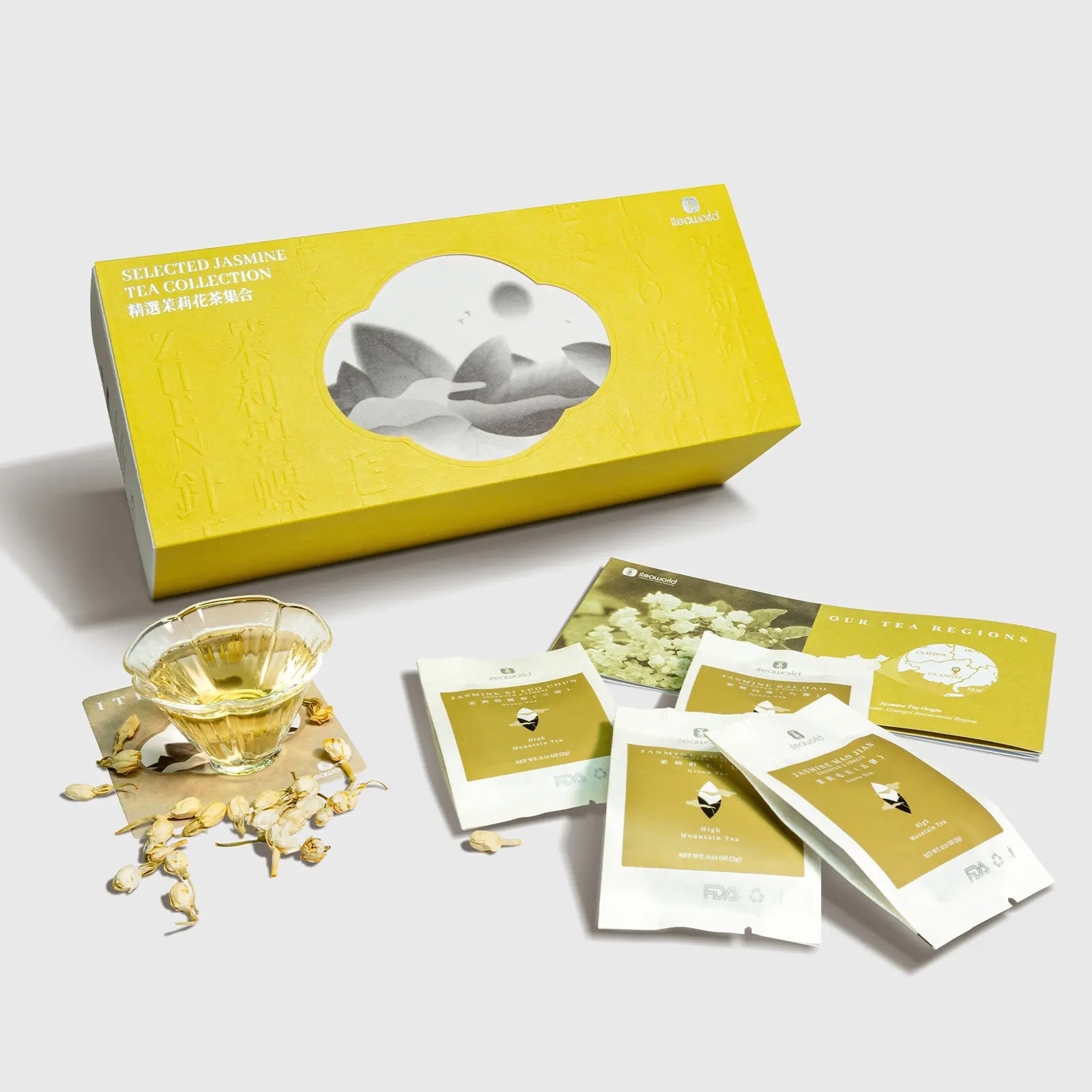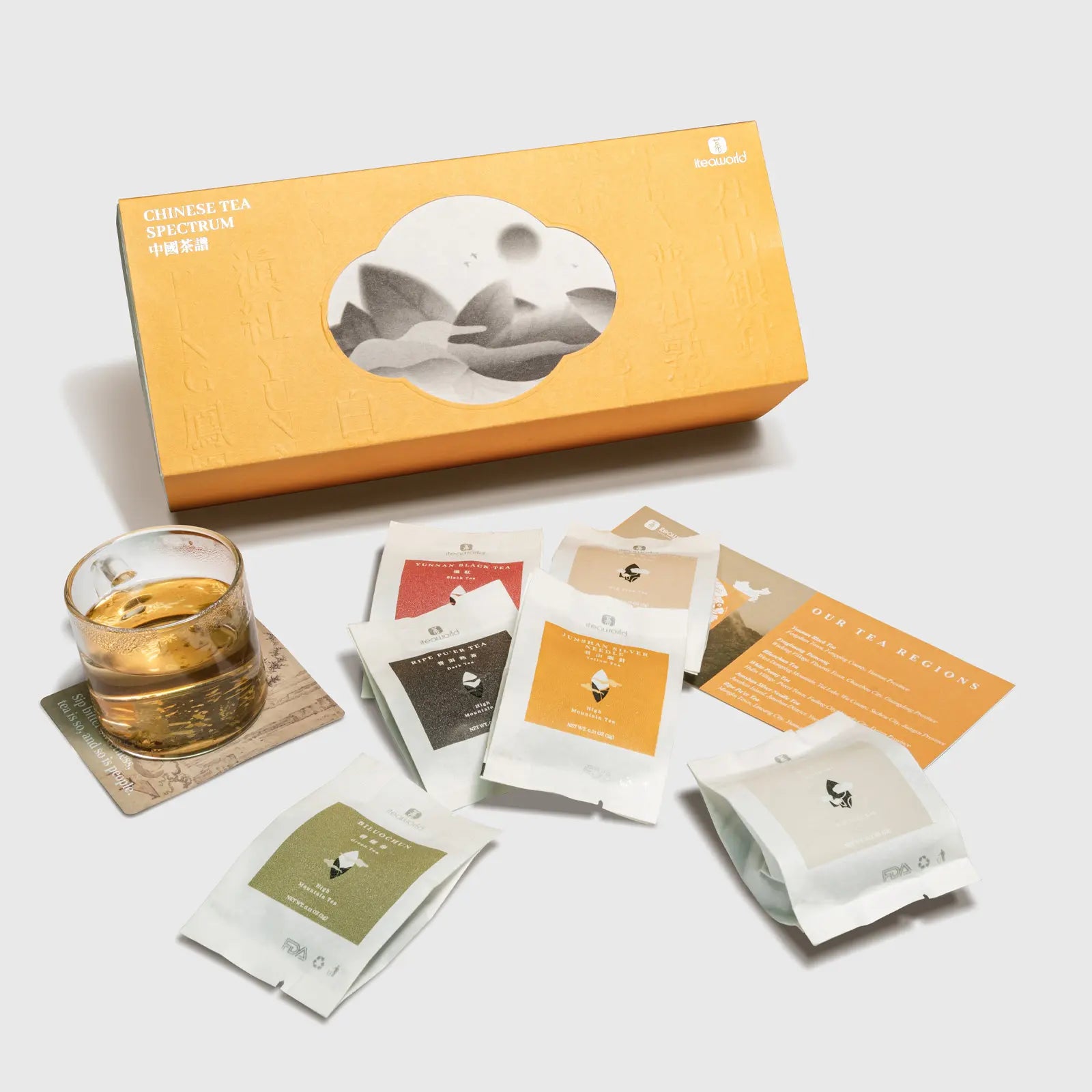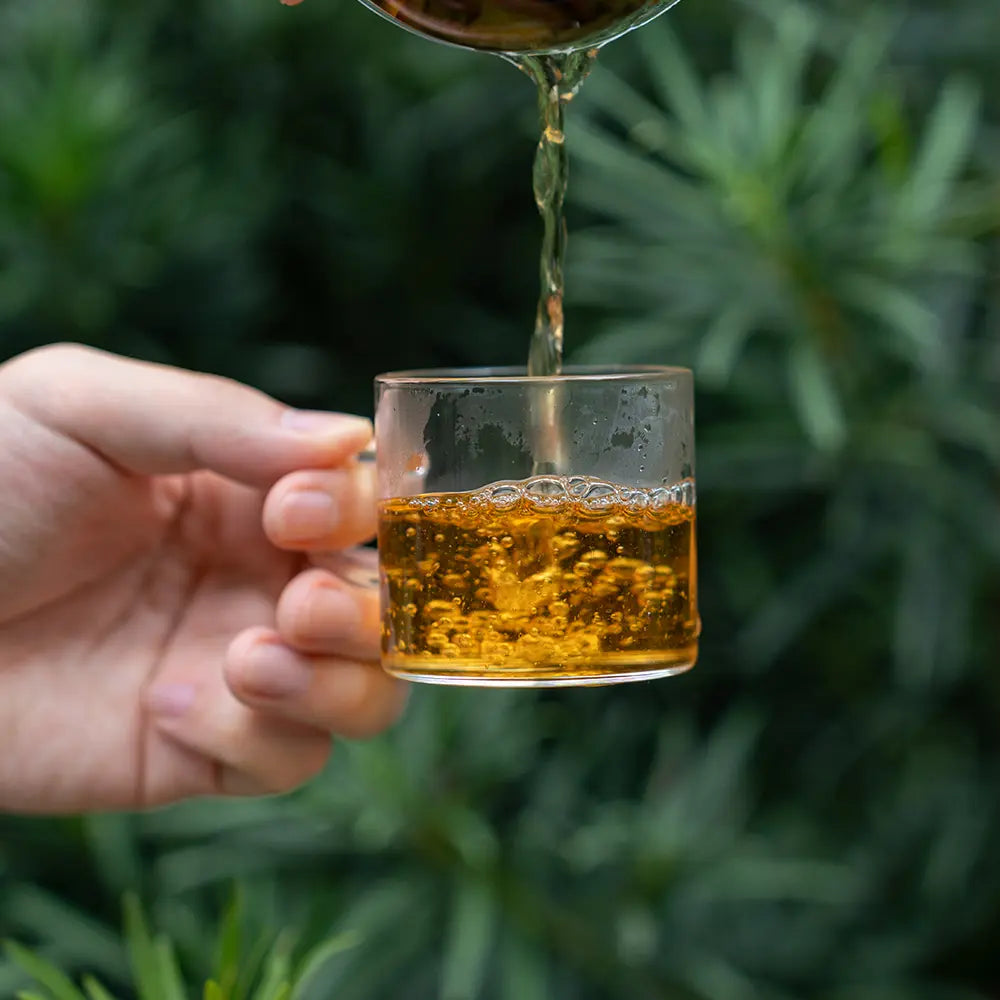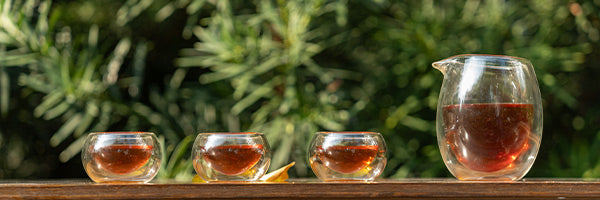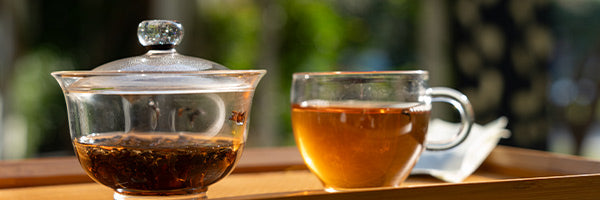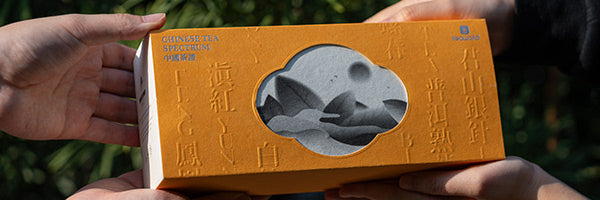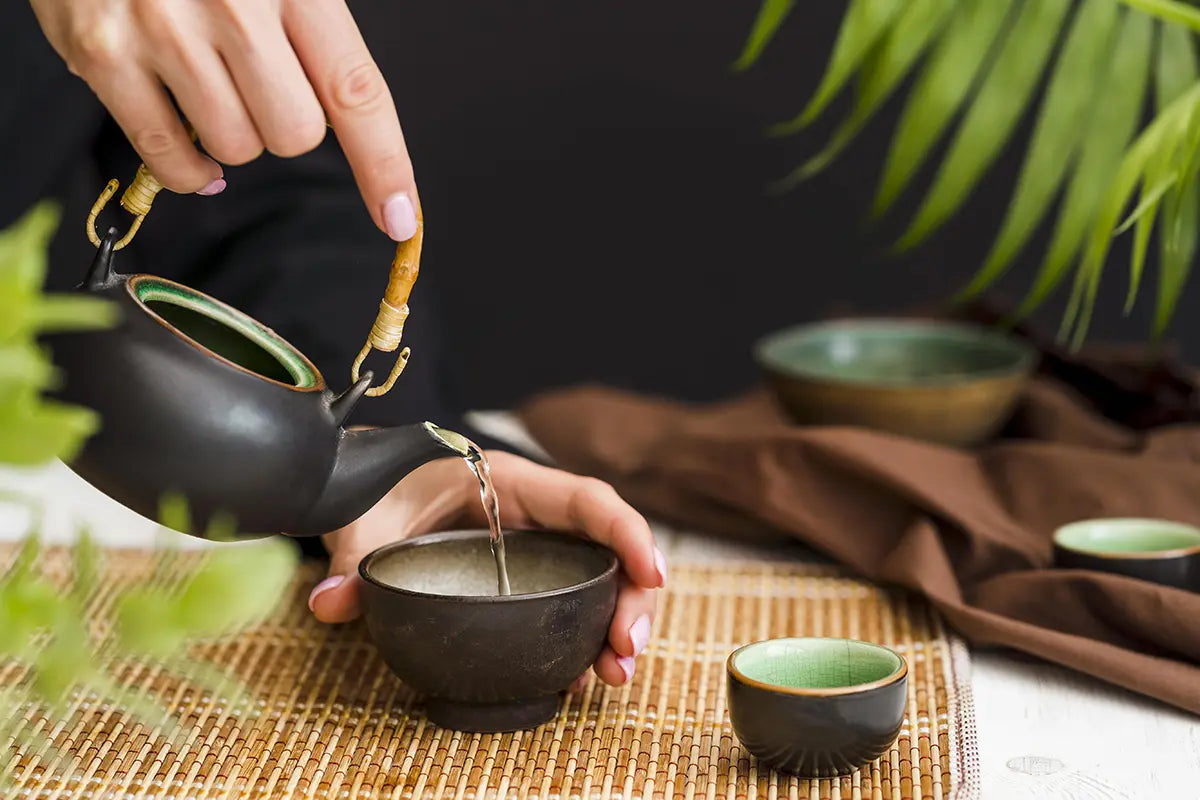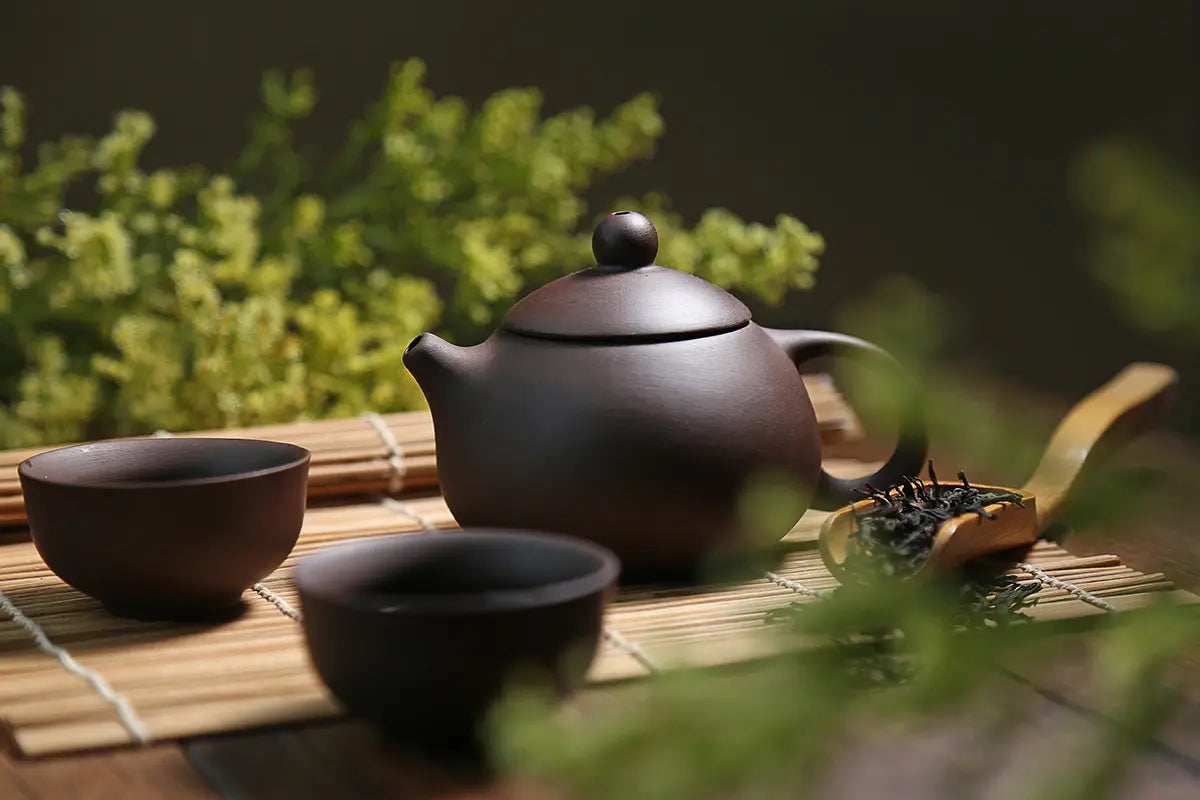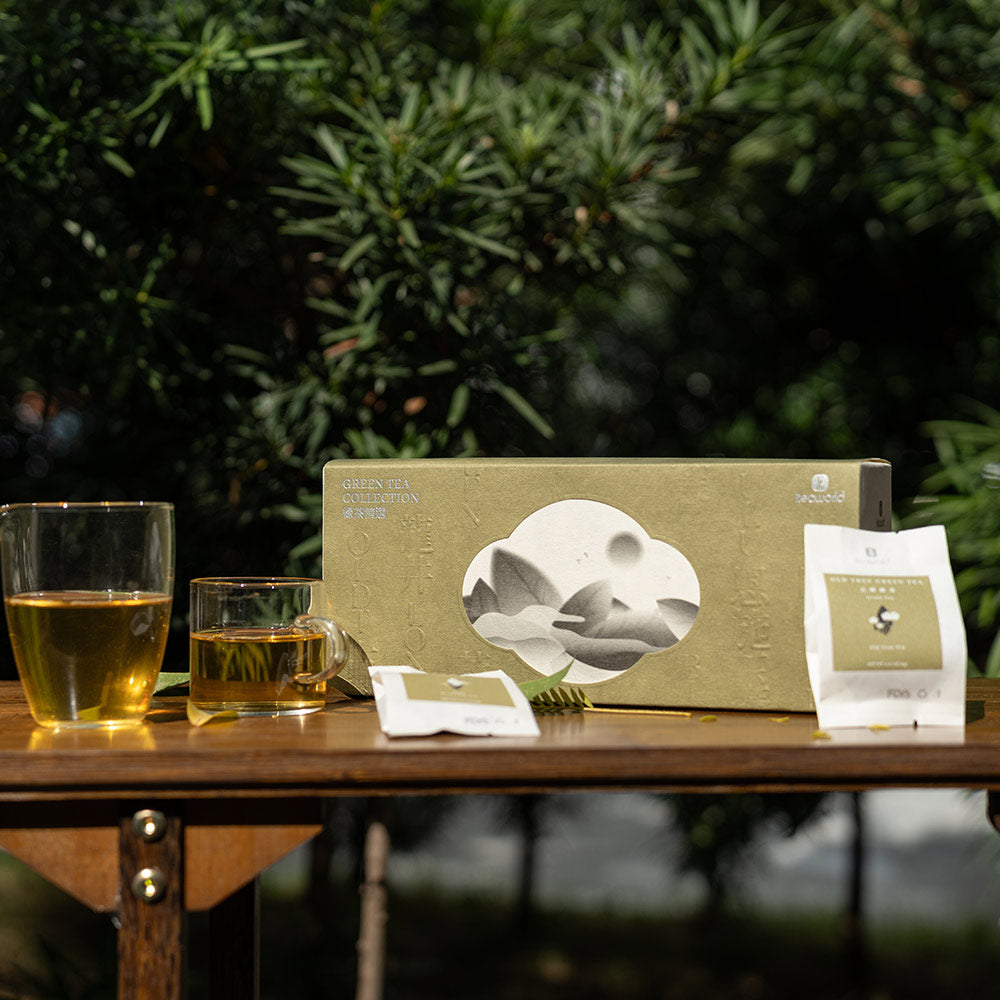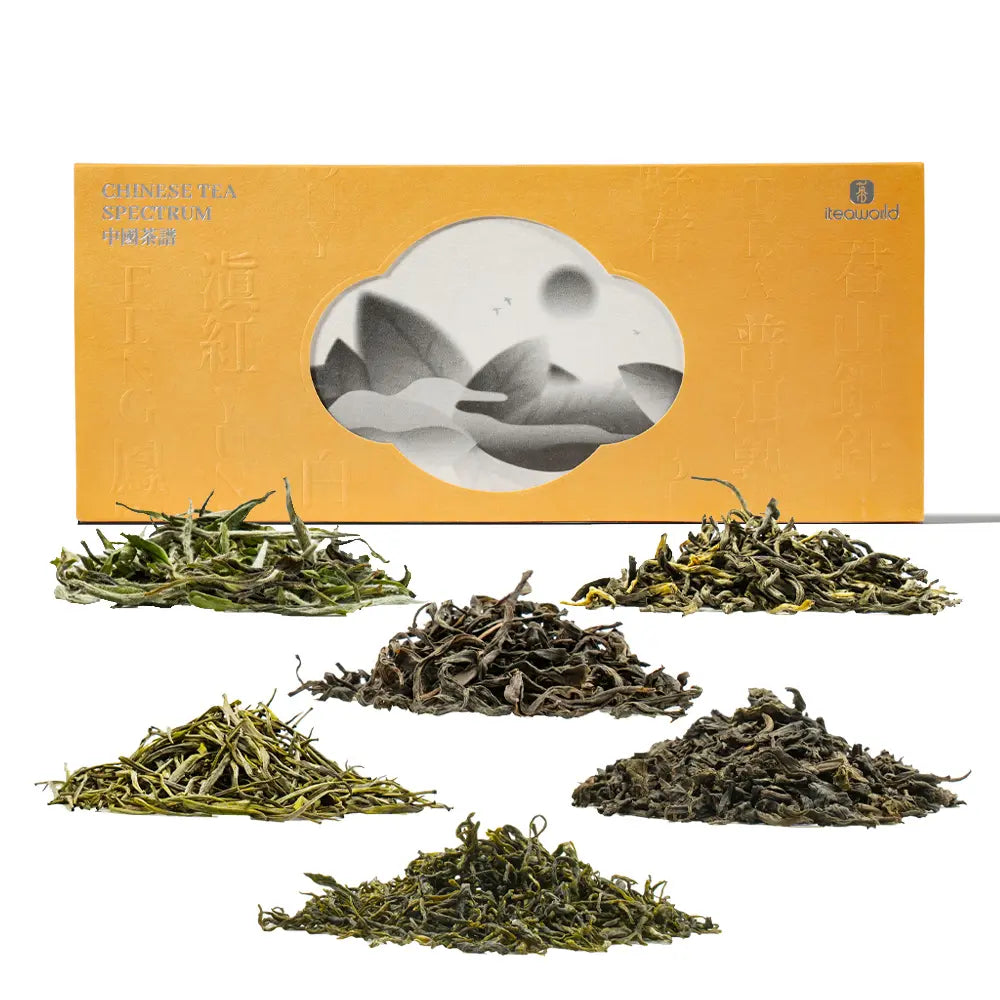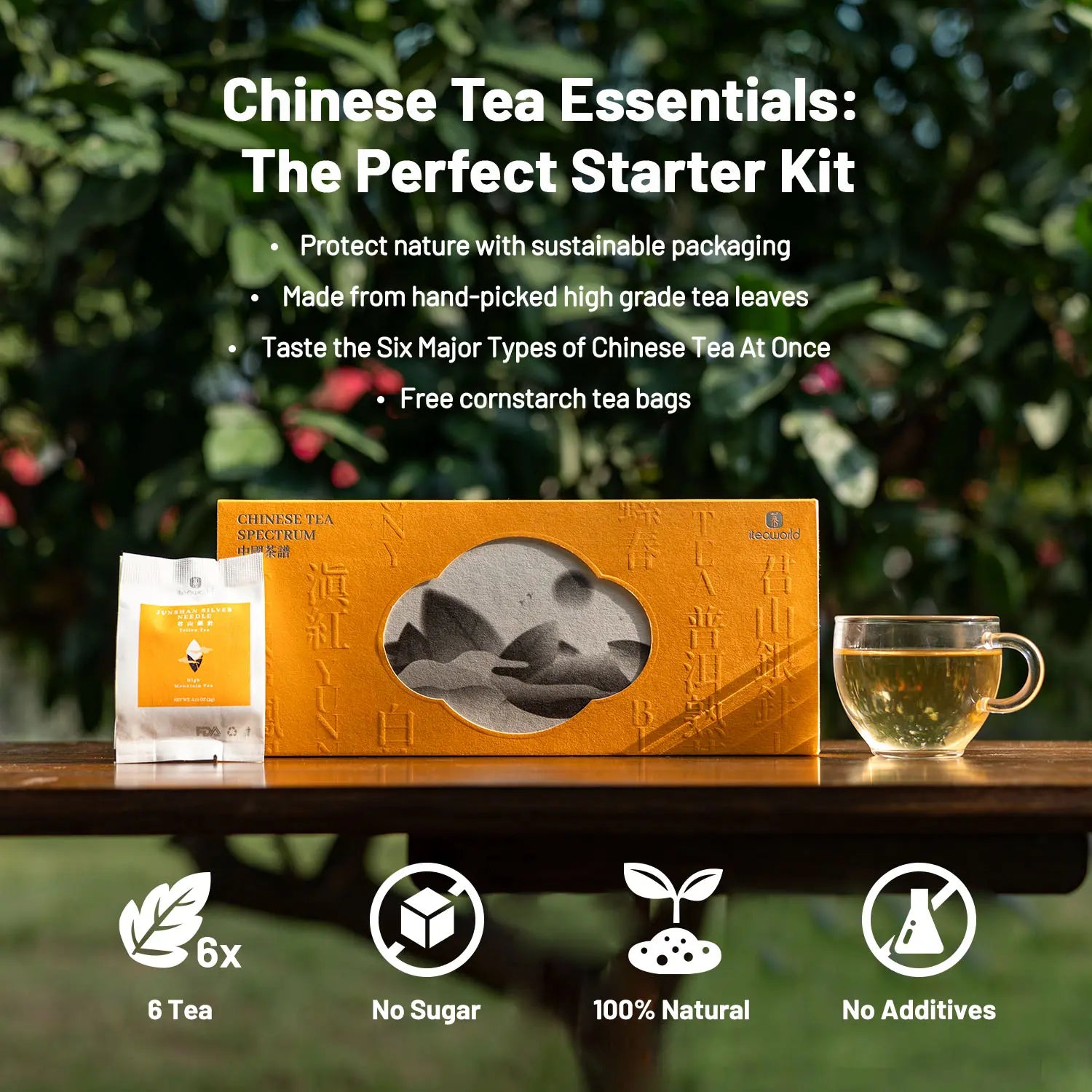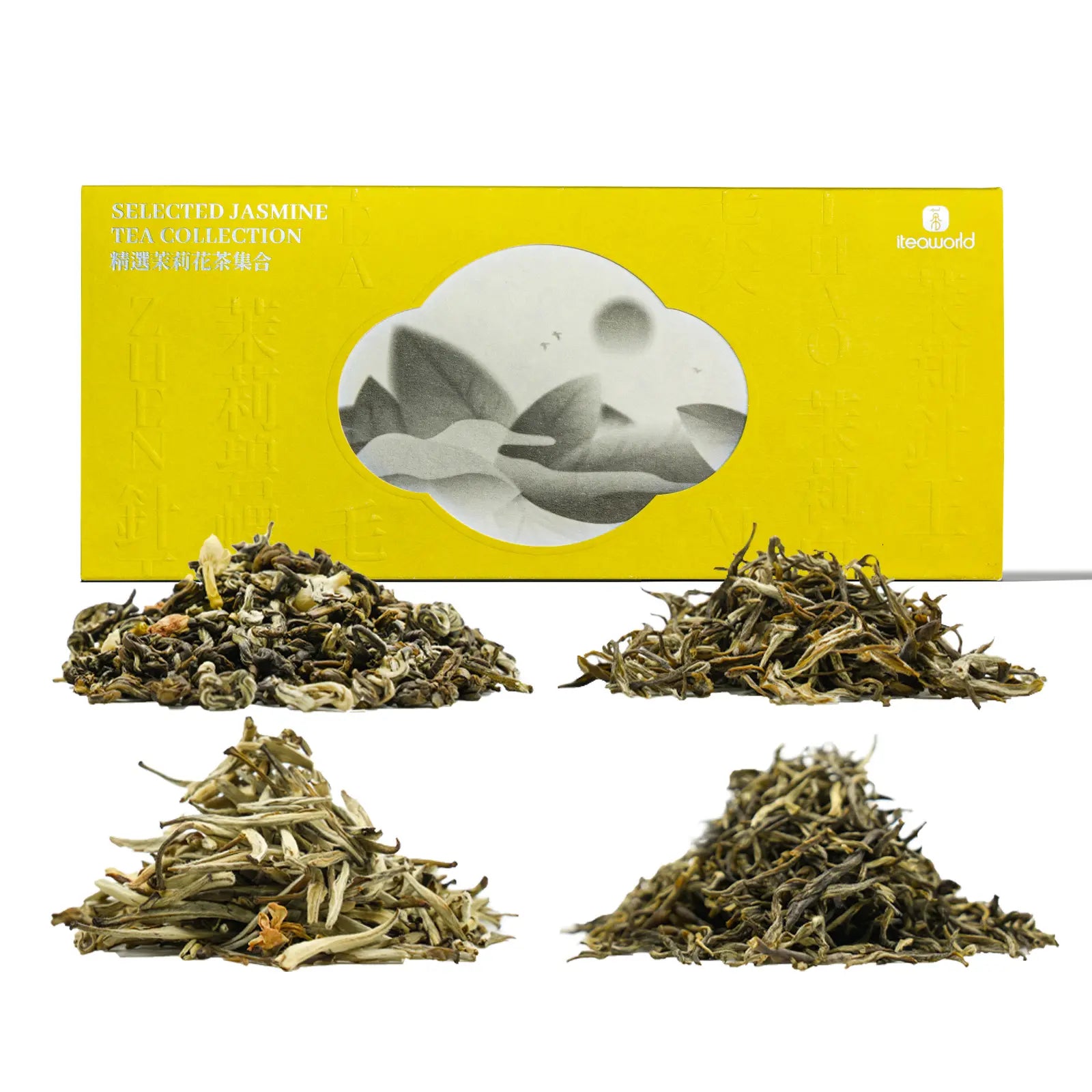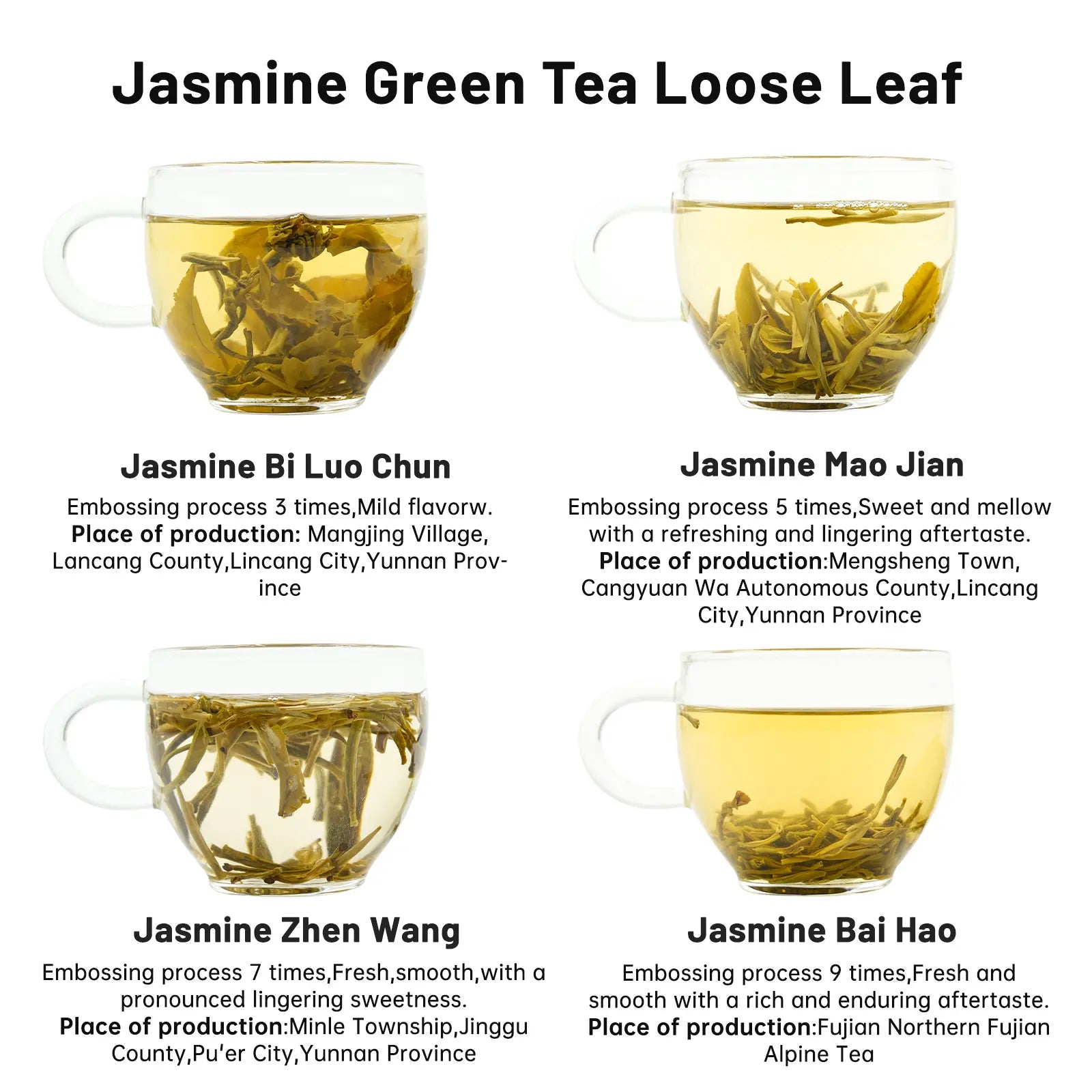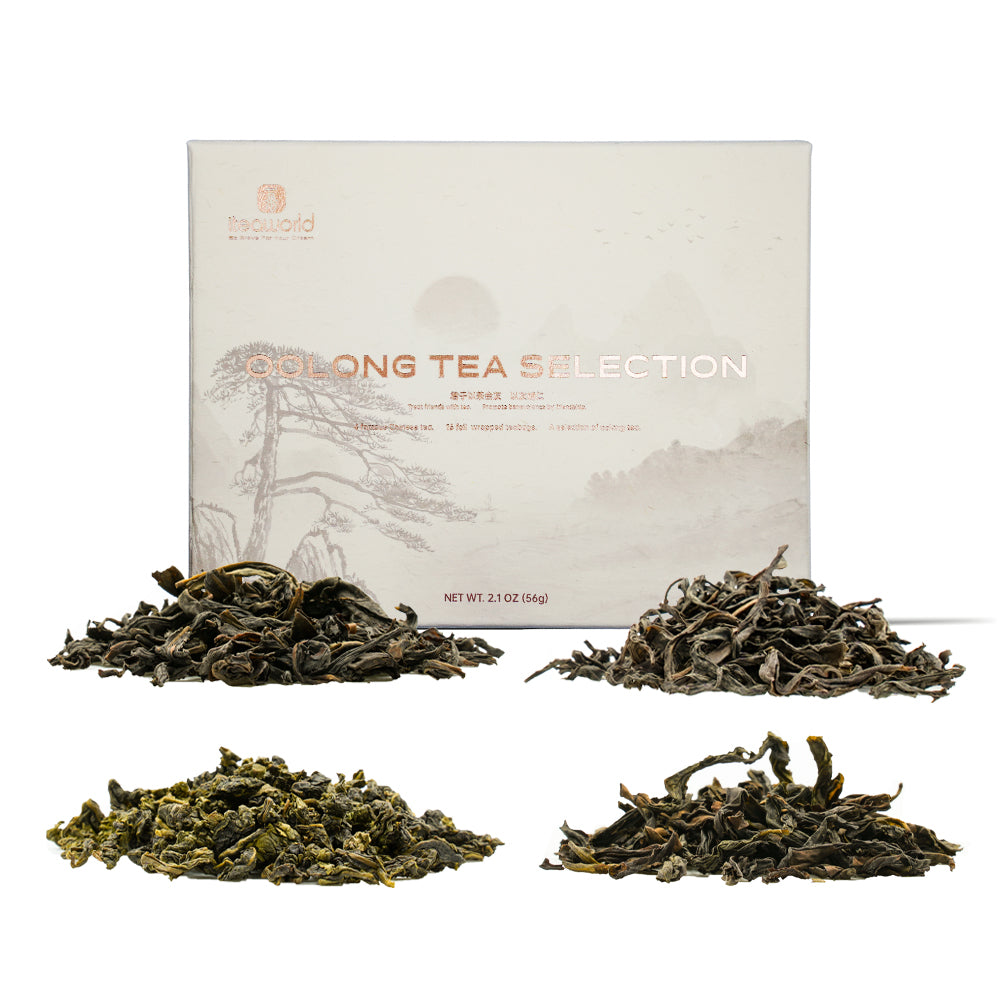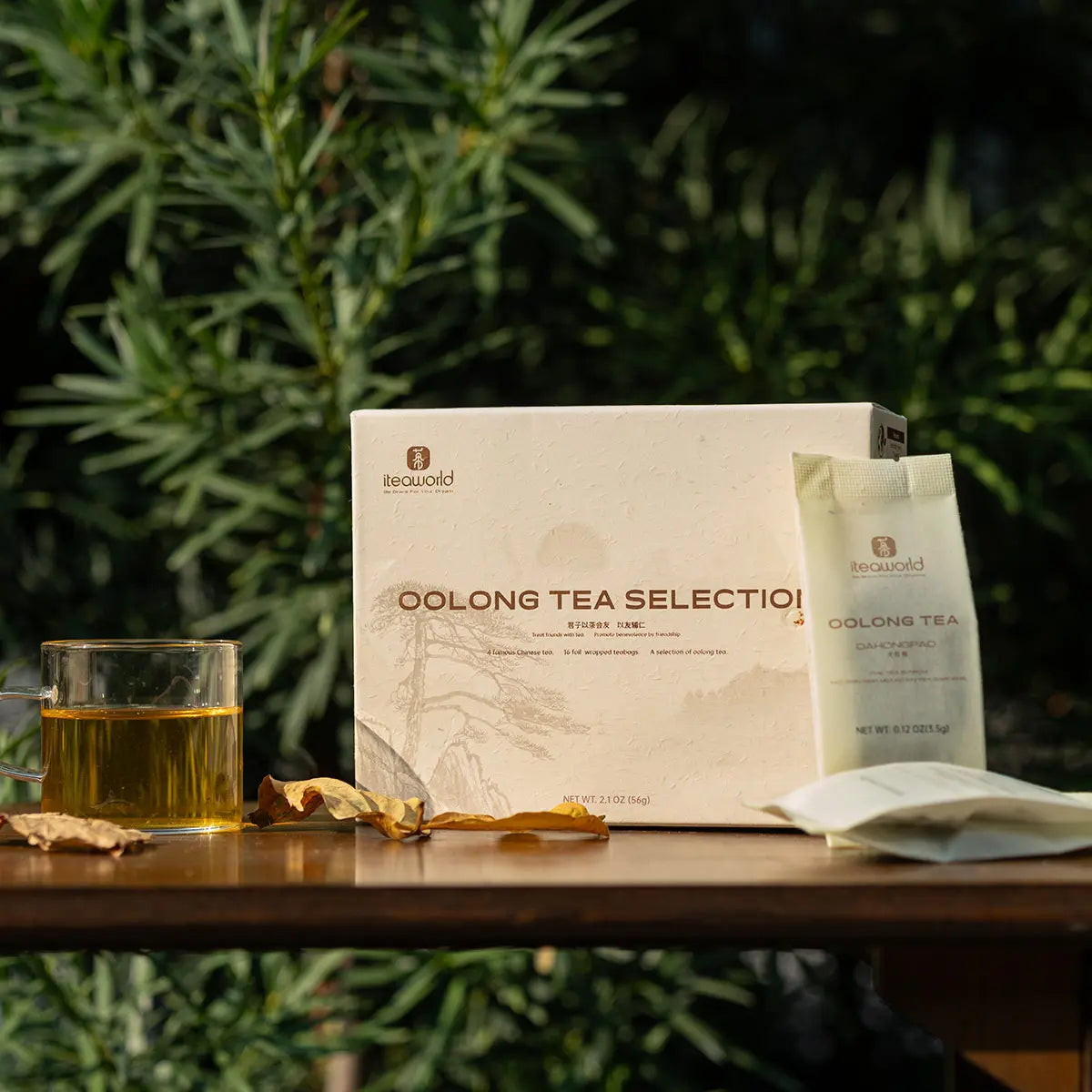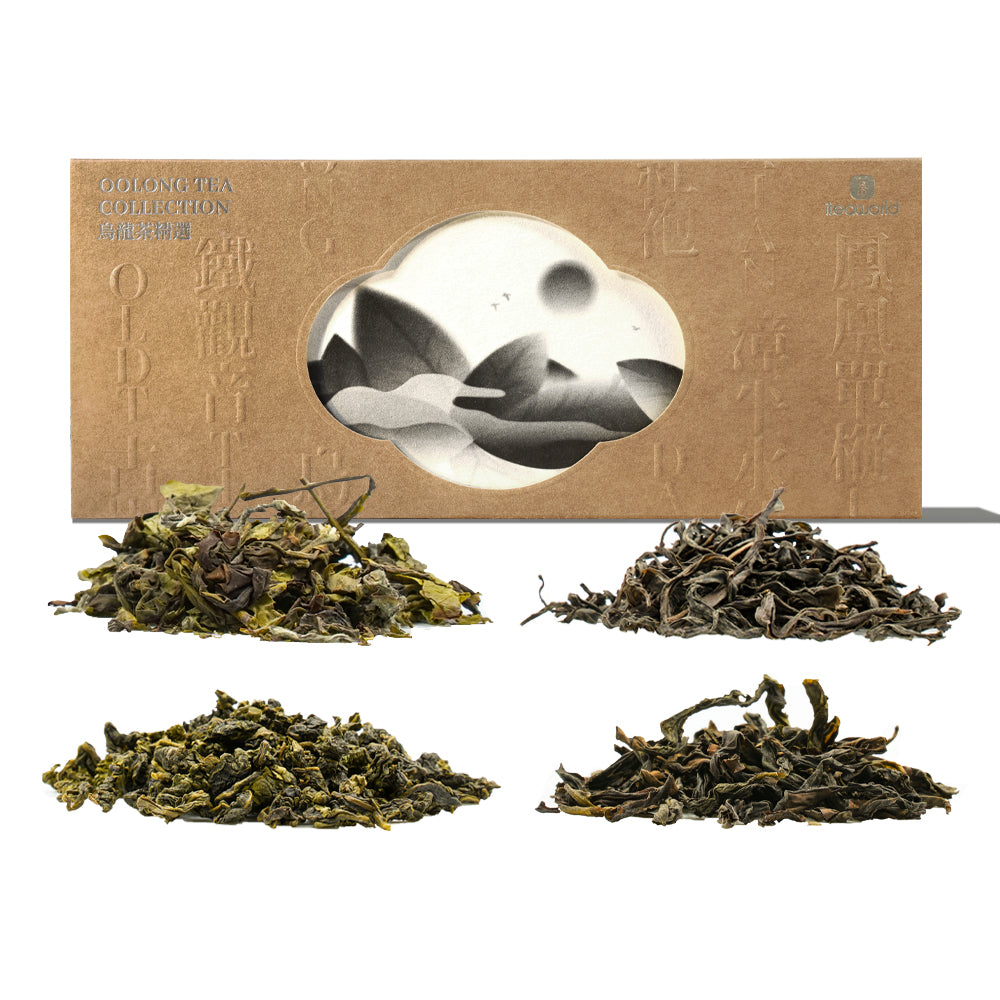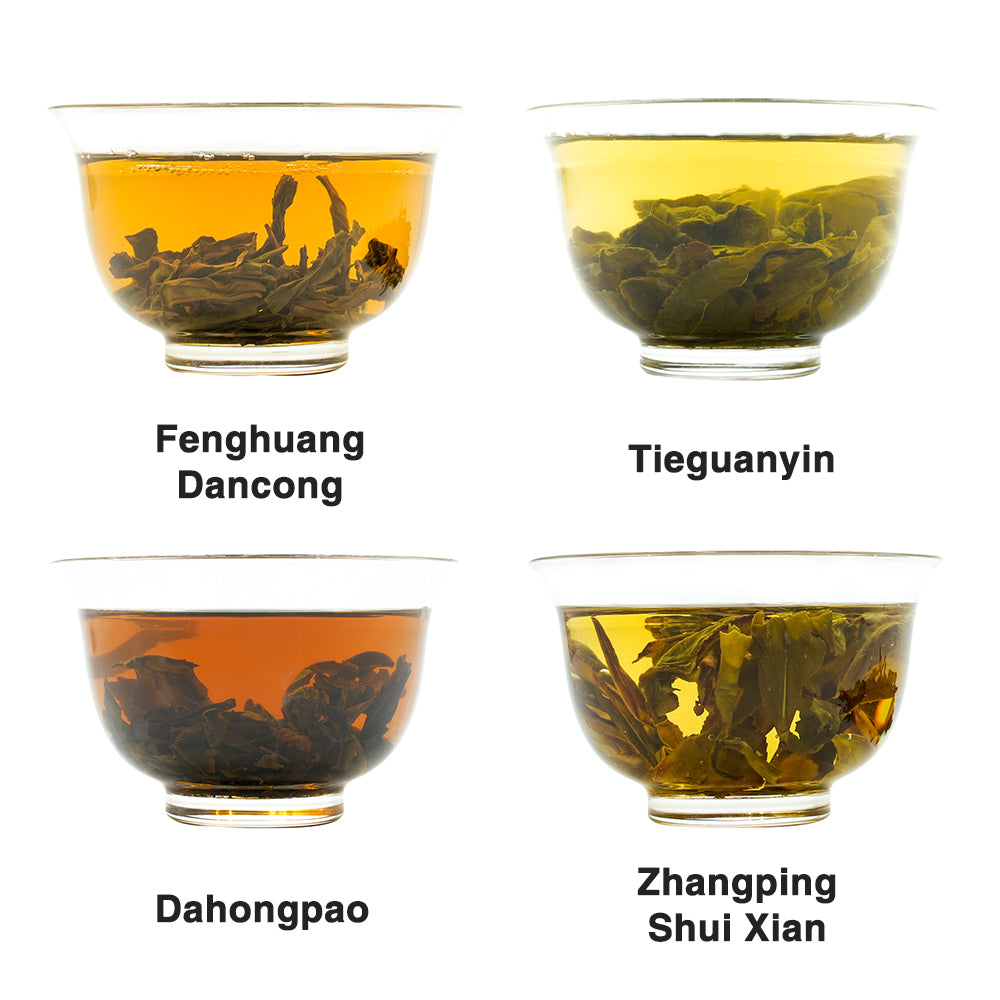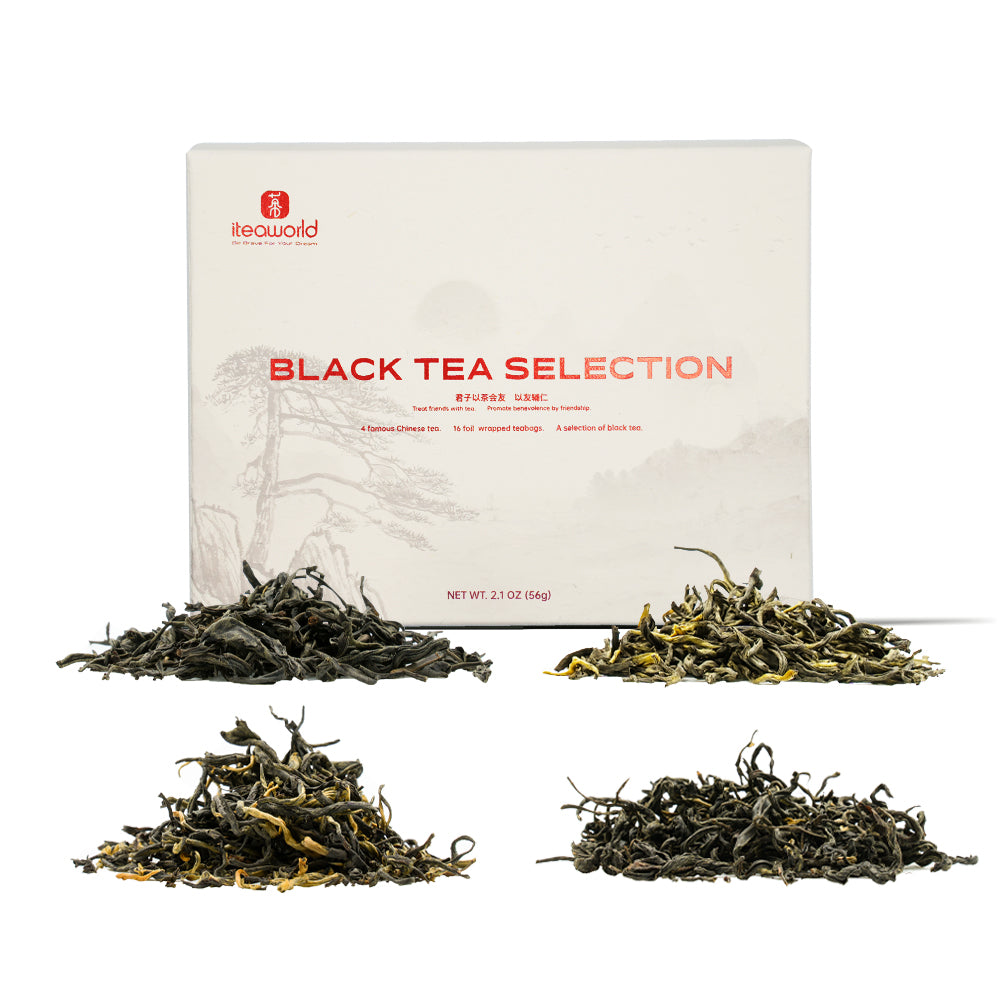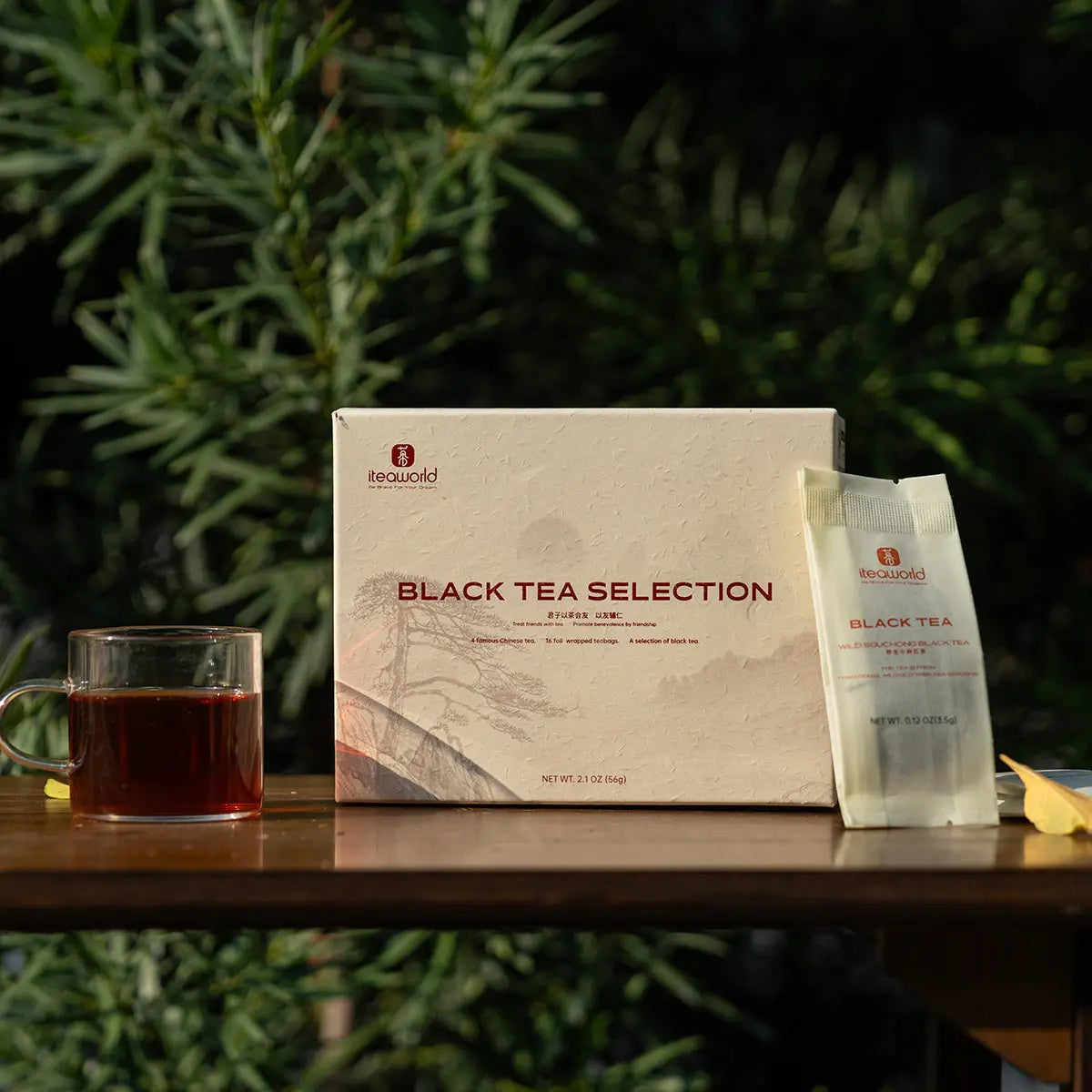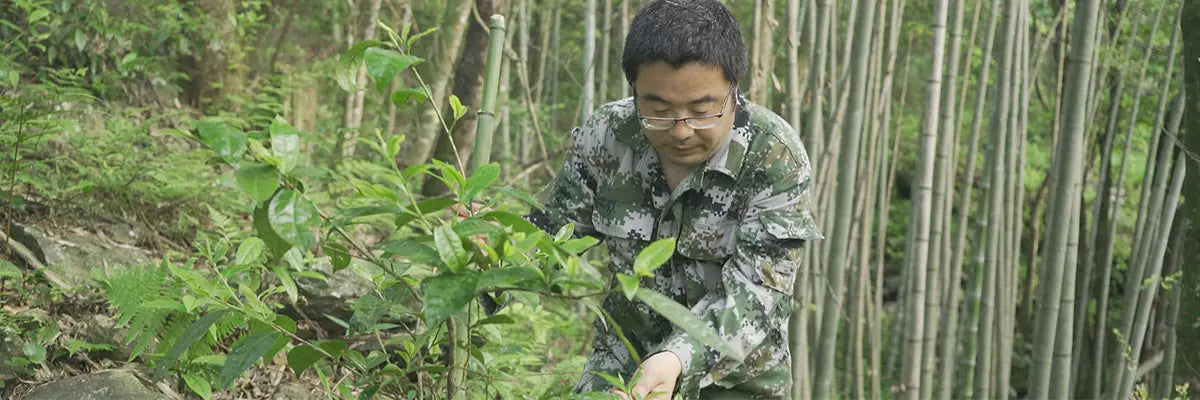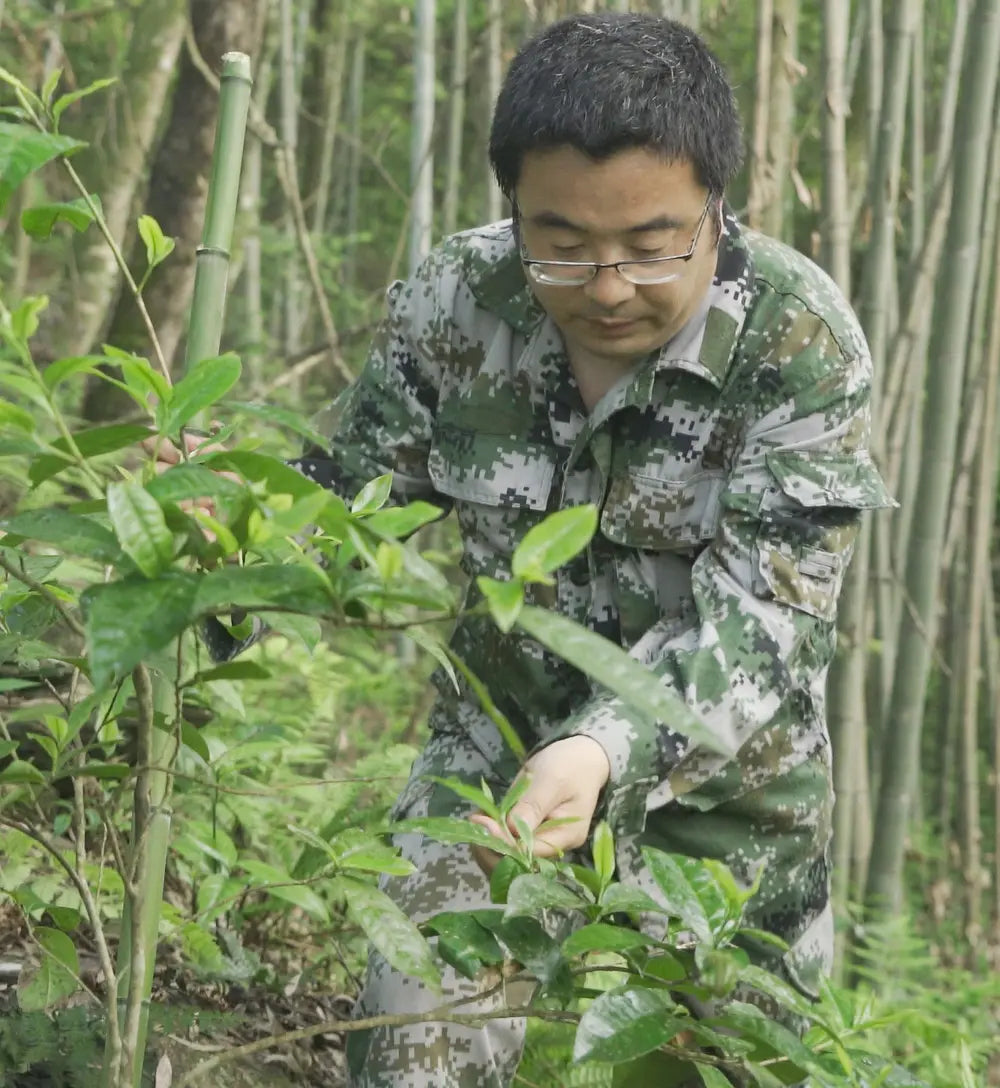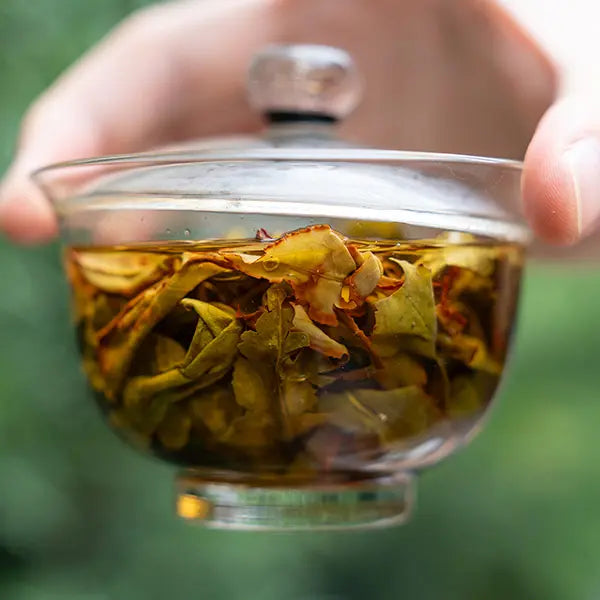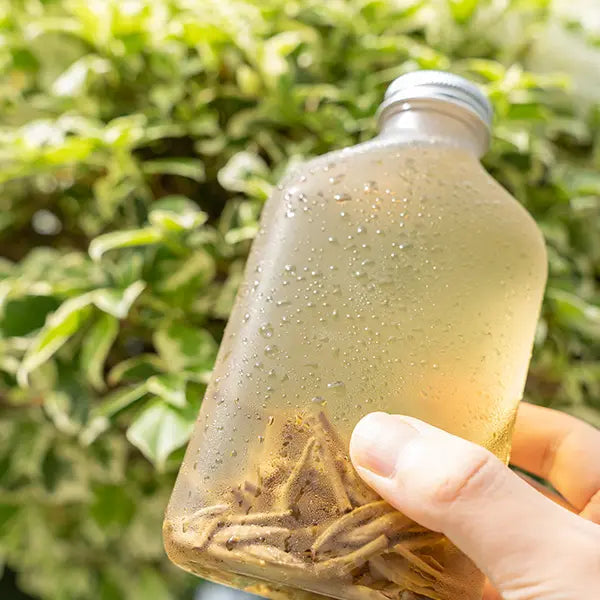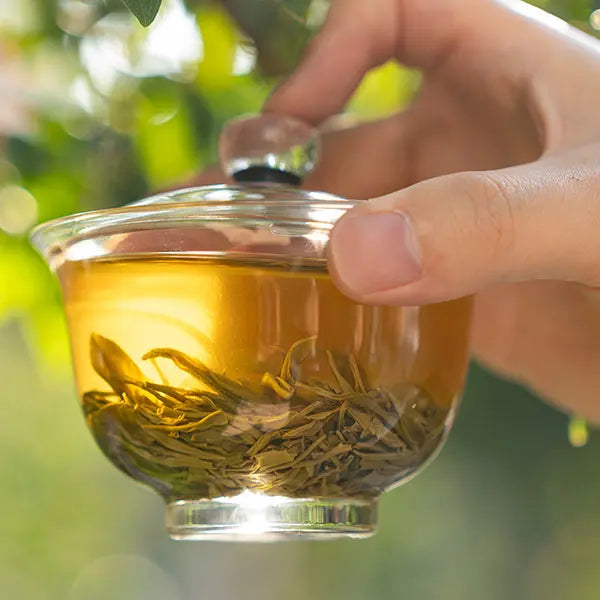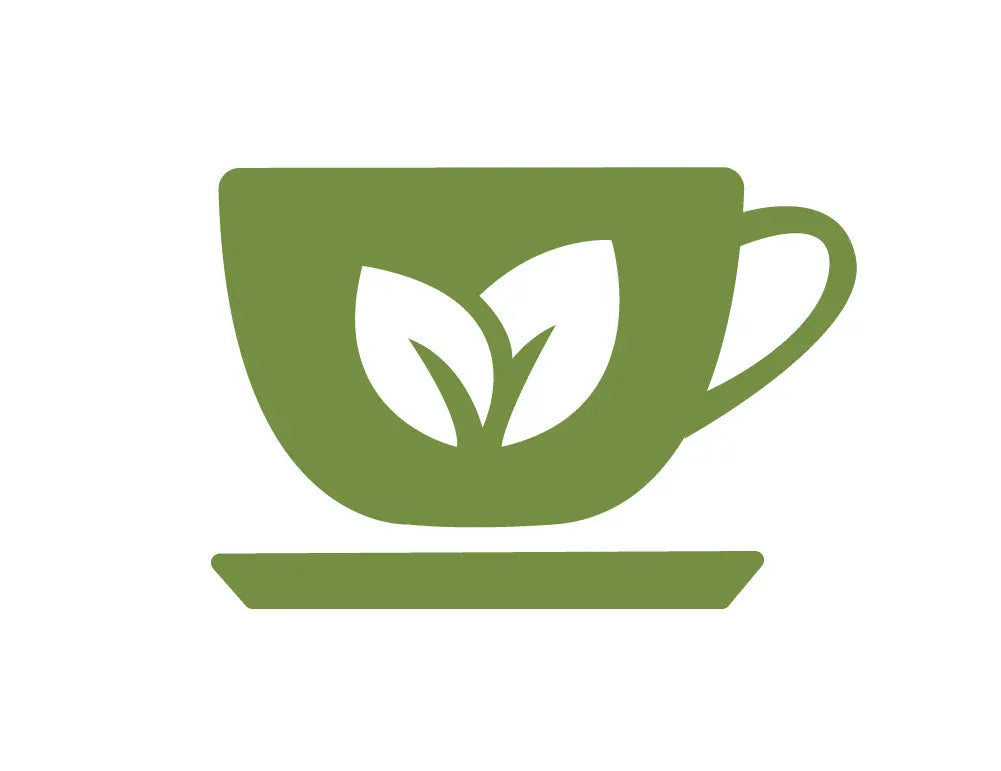Let's Start with the Color of Tea Soup
Black tea and green tea are probably names everyone is familiar with. You might have also heard of white tea and dark tea. In fact, among the six major types of tea in China, only one type of tea (oolong tea) is not named based on color.
Therefore, it's a good idea to start understanding the types of Chinese loose leaf tea from the perspective of color. However, please consider color only as a starting point, because once you have enough knowledge about Chinese tea, you will realize that merely judging tea by its color is far from sufficient.
What determines the color of tea soup?
The core change during the tea-making process—oxidation—determines the color of the tea soup.
Here's a simple principle: the higher the degree of oxidation, the darker the color of the tea soup.
Oxidation is too abstract. I want to know what it actually means!
The degree of oxidation actually determines the taste of tea.
The lower the degree of oxidation, the more substances are retained in fresh tea leaves, resulting in a fresher and more refreshing taste in the produced tea.
The higher the degree of oxidation, the more changes occur in the substances within fresh tea leaves, resulting in a richer and more robust taste in the produced tea.

Here is a summary:
Green Tea (Oxidation: 0) - Fresh and Tender
White Tea (Oxidation: 5%~10%) - Light and Sweet
Yellow Tea (Oxidation: 10%~20%) - Delicate and Mellow
Oolong Tea (Oxidation: 15%~70%) - Lasting Aroma and Rich Flavor
Black Tea (Oxidation: 70%~90%) - Rich and Full-bodied
Dark Tea (Oxidation: 100%) - Mellow and Lingering After-taste
Advanced Understanding of the 6 Major Types of Chinese Tea
Chinese tea is a rich and vivid world, and summarizing it in words alone is too superficial.
All of this information serves as an introduction, similar to signposts that can help you quickly find the best loose leaf tea that suits you. The real journey begins when you taste the tea.
Green Tea
Loose leaf green tea is the earliest type of tea to appear in China and also has the most varieties among the six major teas. People pursue freshness and tenderness in green tea, and many production techniques for green tea have developed based on this. For example, the best fresh leaves for green tea are full buds, followed by one bud and one leaf, and then one bud and two leaves, and so on.

Characteristics of Green Tea: Clear Soup, Green Leaves
Production Process: Killing Green → Rolling → Drying
RepresentativeTeas:
>Biluochun Tea
>Longjing Tea
>Huangshan Maofeng
Find more loose leaf green tea with our Green Tea Sampler.>>>
White Tea
White tea has the fewest production steps among the six major teas. Many people may find white tea too mild at first, but a deeper taste reveals its richness and beauty. White tea is distinguished between new tea and aged tea. New tea is fresher and more fragrant, while aged tea is richer and more flavorful.

Characteristics of White Tea: Clear Soup, Green Leaves with White Hair
Production Process: Withering → Drying
Representative Teas:
>White Peony Tea
>White Hair Silver Needle
>Shou Mei
Yellow Tea
Yellow tea is the rarest type among the six major teas. How rare is it? Some seasoned tea enthusiasts may not have even tried yellow tea. Yellow tea shares many characteristics with green tea, but it has a yellowish color and a mellower taste compared to green tea.

Characteristics of Yellow Tea: Yellow Soup, Yellow Leaves
Production Process: Killing Green → Rolling → Moist Yellowing → Drying
Representative Teas:
>Junshan Silver Needle
>Mengding Huangya
>Huoshan Huangya
Oolong Tea
A notable characteristic of loose leaf oolong tea is its strong fragrance. While other types of tea like green tea and black tea also have pleasant aromas, none are as prominent and rich as oolong tea.
Furthermore, many characteristics of oolong tea lie between those of green tea and black tea. You might taste a tea and think it's black tea, only to find out it's actually oolong tea. To determine if a tea is oolong, one must look at the production process rather than relying solely on taste.

Characteristics of Oolong Tea: Yellow or Red Soup, Green Leaves with Red Edges
Production Process: Withering → Bruising → Killing Green → Rolling → Drying
Representative Teas:
>Fenghuang Dancong
>Da Hong Pao
Find more loose leaf oolong tea with our Oolong Tea Sampler.>>>
Black Tea
Black tea is a well-known type that many people are familiar with. Its tea soup is reddish and it has a strong taste. The earliest black tea in the world originated in China, and now the cultivation and production of black tea have expanded to many countries, resulting in the development of various varieties.

Characteristics of Black Tea: Red Soup, Red Leaves
Production Process: Withering → Rolling → Oxidation → Drying
Representative Teas:
>Lapsang Souchong
>Jin Jun Mei
Find more loose leaf black tea with our Black Tea Sampler.>>>
Dark Tea
Dark tea is cherished by many seasoned tea enthusiasts. An interesting phenomenon is that no matter which type of Chinese tea one starts with, they might end up appreciating dark tea. Dark tea is famous for its post-fermentation process, resulting in a taste that is rich and enduring.

Characteristics of Dark Tea: Red or Brown Soup, Brown Leaves
Production Process: Killing Green → Rolling → Wet Piling (Post-fermentation) → Drying
Representative Teas:
>Ripe Pu'er
>Anhua Dark Tea
>Liubao Tea
You can try through a loose leaf tea sampler to explore diverse Chinese teas. A tea sampler is a collection of small packets containing different types of tea, making it more economical and convenient.
Why Are There So Many Types of Tea?
Some tea types were born accidentally!
The production processes of some teas were discovered accidentally or were once considered failed production methods.
For example, there was a mistake in the production of green tea that caused the leaves to turn yellow. This led to the creation of the earliest yellow tea.
The birth of dark tea is even more interesting. Early on, people transported green tea to regions like Tibet, a journey that took 2-3 months. During the long transportation, the green tea would get repeatedly wet from rain and then dried in the sun, completely changing its appearance and taste. Eventually, people discovered that these tea leaves were unique and tasted great, leading to the exploration of the production process for dark tea under conditions simulating long-distance transportation.
The wisdom of Chinese people making full use of tea
The earliest type of tea was only green tea, which required using the youngest buds and leaves. So what about the other slightly mature leaves on the tea tree?
Later on, during exploration, people discovered that these slightly mature fresh leaves produced teas with different flavors. These flavors were not the fresh and tender ones of green tea but were richer in taste or easier to develop aromas. Now, oolong tea and black tea are made using slightly more mature fresh leaves. The well-known aromas of some of the best oolong tea (such as Fenghuang Dancong, Da Hong Pao, etc.) are closely related to the corresponding fresh leaves of the tea tree.
This wisdom of making full use of fresh leaves at different stages indirectly contributed to the birth of a wide variety of teas in China.
Find more Chinese tea with our Chinese Tea Sampler.>>>
Frequently Asked Questions:
What type of tea is Pu'er?
Pu'er tea is a general term for a type of tea produced in Yunnan Province, China. Pu'er tea is divided into raw Pu'er (sheng Pu'er) and ripe Pu'er (shu Pu'er).
Raw Pu'er (sheng Pu'er) belongs to the category of green tea because it does not undergo post-fermentation during production. Raw Pu'er (sheng Pu'er) is often mistakenly thought to be dark tea.
Pu'er (shu Pu'er) is the true form of dark tea.
What type of tea is Chinese flower tea?
You may have heard of some Chinese flower teas, including jasmine flower tea, osmanthus flower tea, and magnolia flower tea. These flower teas are fragrant and delicious, making them perfect as tea gift sets.
Chinese flower tea is made by allowing dried tea leaves to absorb the aroma of fresh flowers. Strictly speaking, Chinese flower tea does not belong to the six major types of tea; it is a type of processed tea.
Find more loose leaf jasmine tea with our Chinese Jasmine Tea Sampler.>>>
What is Lapsang Souchong? Why does it have a smoky flavor?
Lapsang Souchong is a type of black tea.
Only traditional Lapsang Souchong made with traditional methods has a smoky flavor. This smoky flavor comes from two special processes during production: the pine wood smoking during the withering stage and the pine wood drying during the drying stage.
Modern Lapsang Souchong made with modern methods no longer has a smoky flavor.
At this point, you likely have some understanding of the types of Chinese tea.
There may still be areas where you feel you need more information and want to learn more. Indeed, there is much more to explore about Chinese tea. The development of Chinese tea encompasses complex, accidental, exploratory, pursuit-driven, skilled, cultural, and heritage aspects, making it difficult for us to fully understand it from a singular perspective.
However, this is perfectly fine and actually quite an interesting process. Let's enjoy this journey of exploration together.


